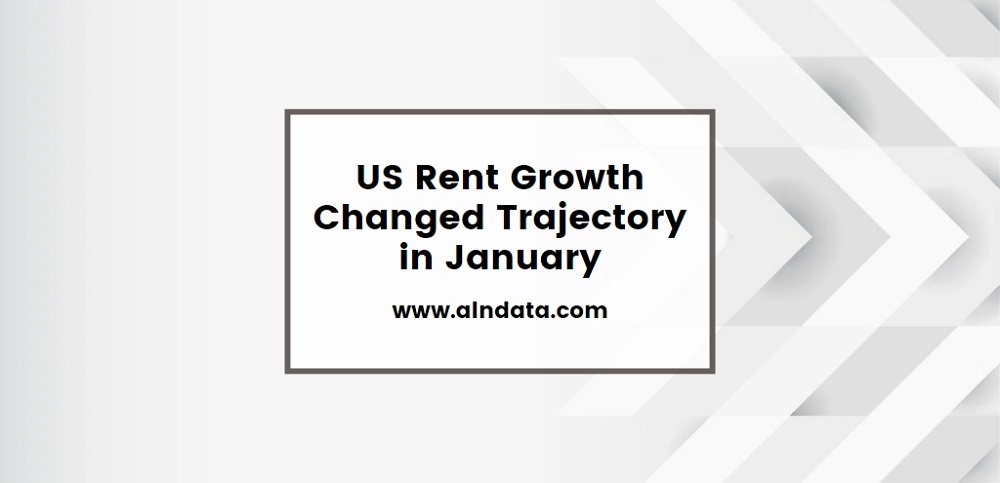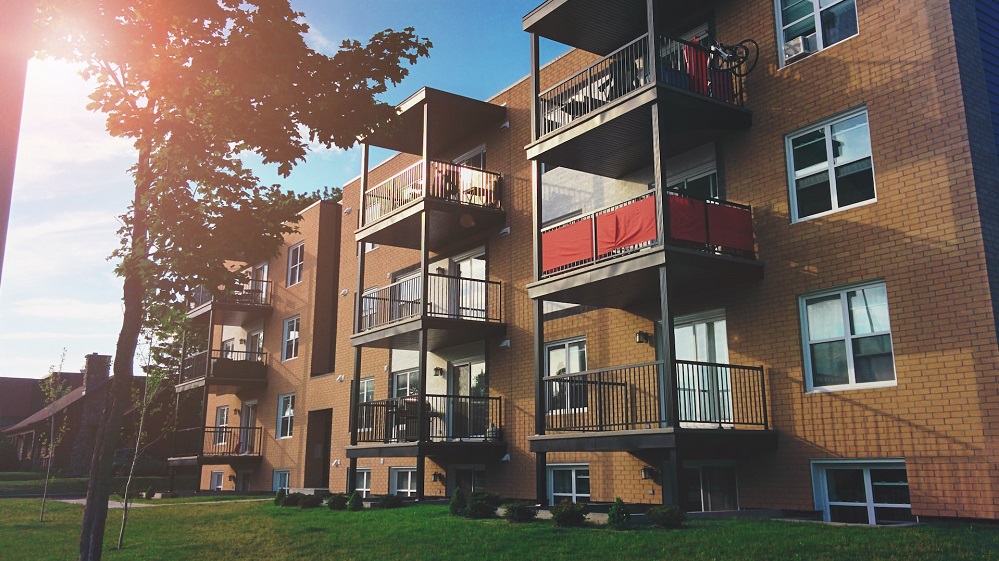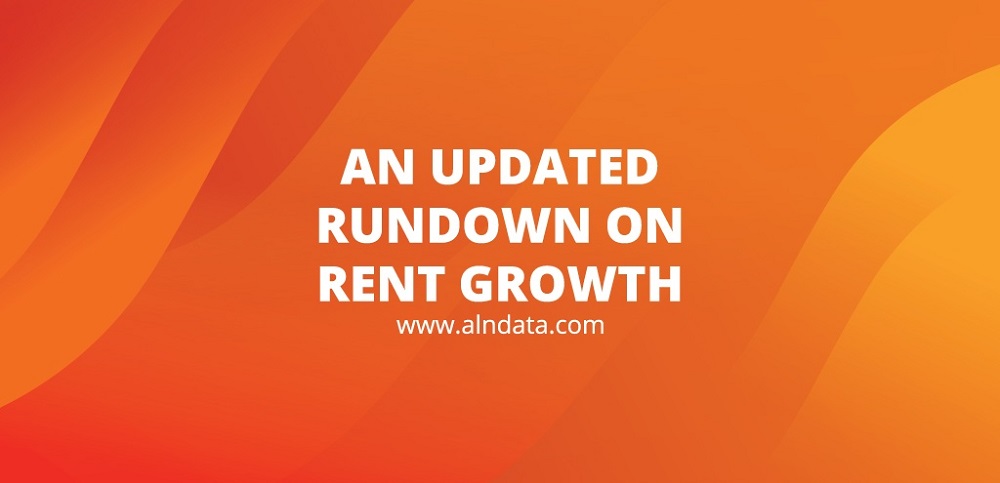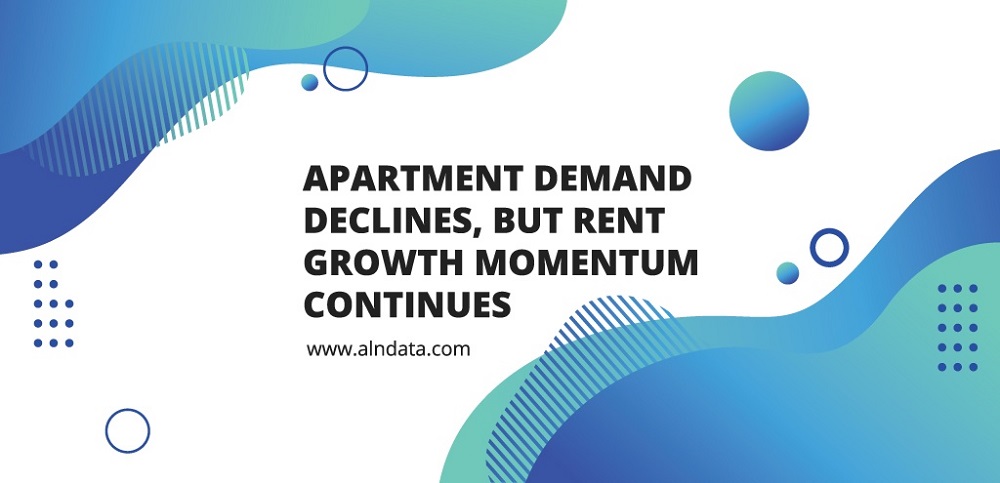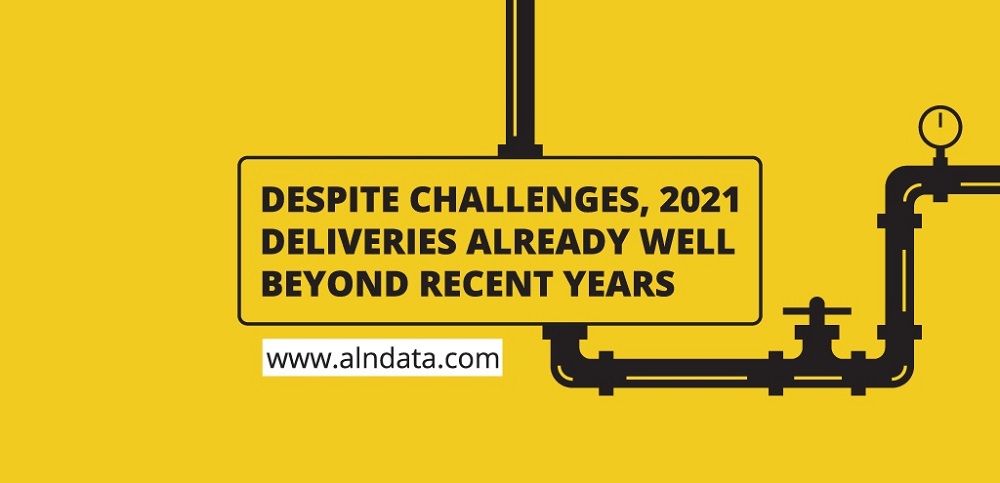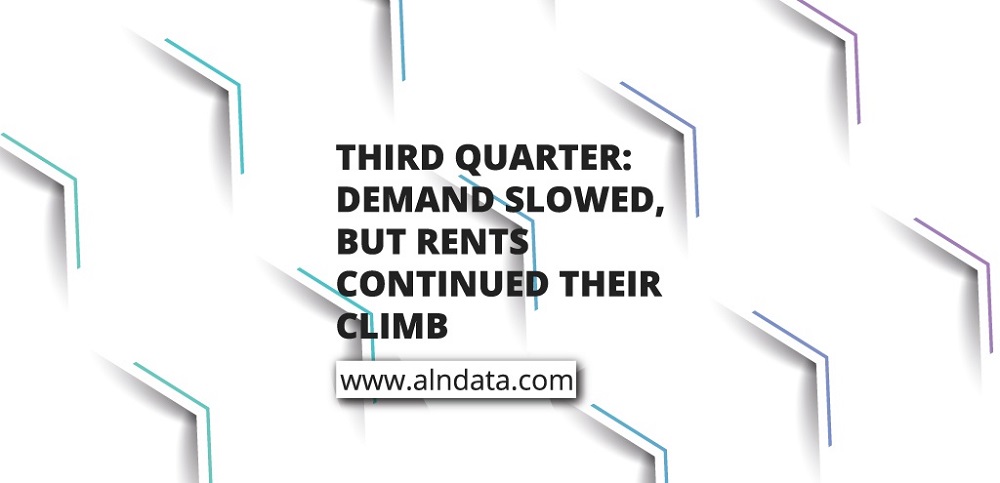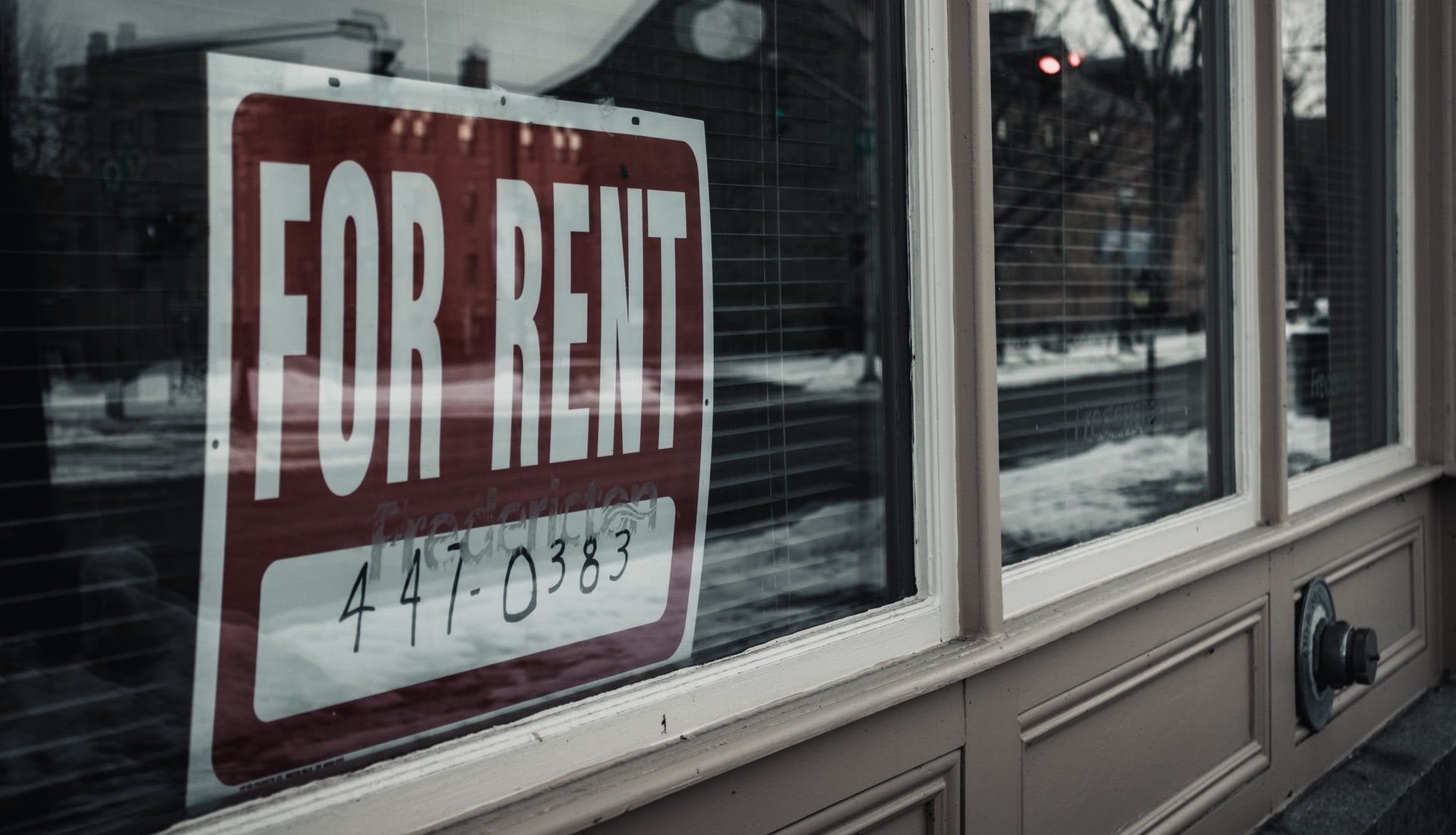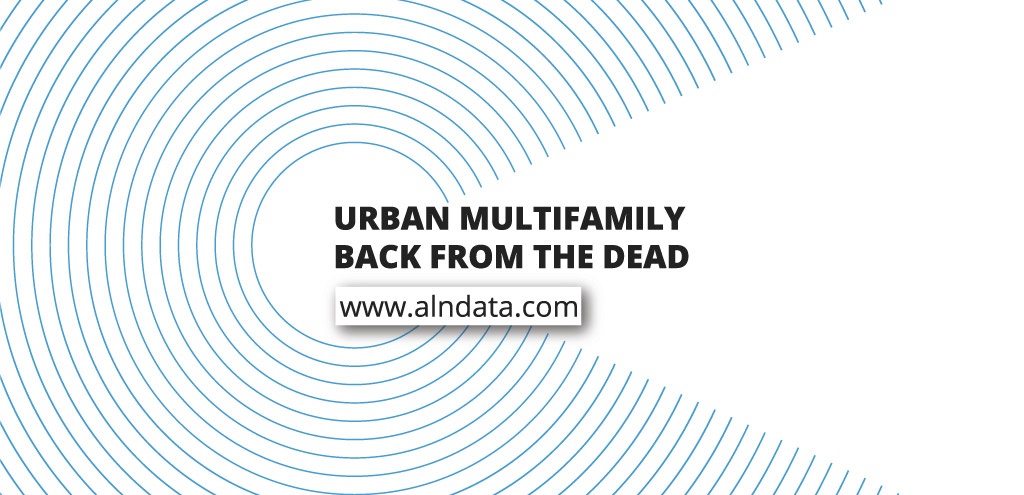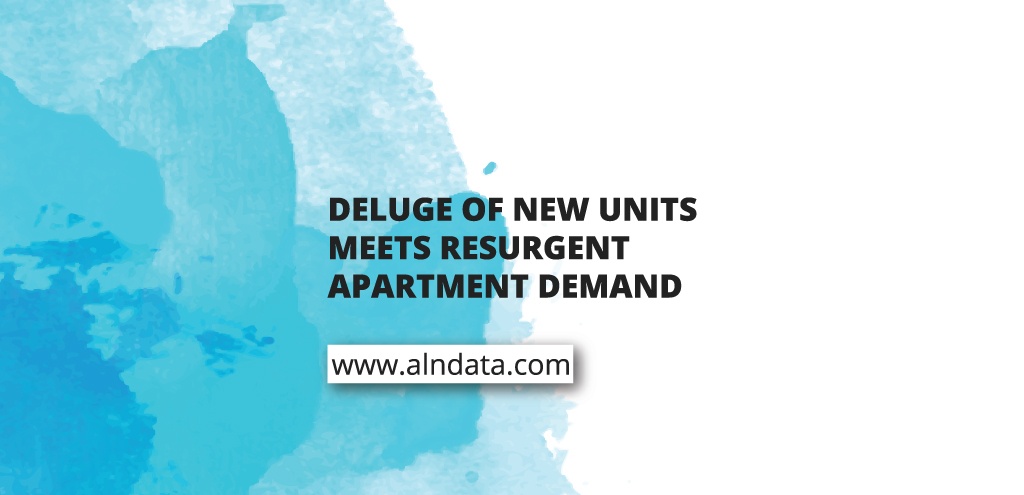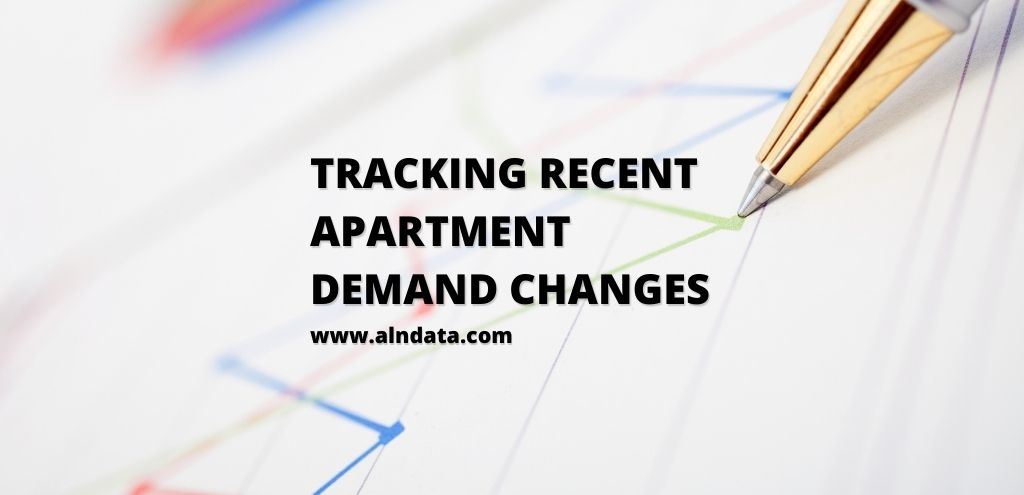Back in November of 2022 monthly national average effective rent growth for new leases fell into negative territory for the first time since 2020. At that time, the negative movement was most pronounced in primary markets. In December, negative growth spread into the larger secondary markets, referred to by ALN as Tier Two markets. With one month of 2023 data now in the books, January looked a little bit like an improvement in some ways, but average effective rent regression has not entirely disappeared.
Somehow, another year is gone. 2022 was a somewhat challenging period for the multifamily industry, especially relative to an historic 2021. With 2023 now ahead, some of the defining features of last year persist, and others have begun to fade. These changes, as well as new dynamics that will emerge this year, have the industry on a path to another fascinating year on the heels of three years that will be discussed well into the future.
As it has turned out, July was an inflection point for multifamily rent growth nationally. Apartment demand, exceedingly tepid all year, had its highest monthly total in January. Despite this, and thanks in no small part to remaining excess occupancy built up during 2021, rent growth momentum above the typical level continued into the summer. Monthly average effective rent growth for new leases peaked in June with a 1.3% gain. The rate of growth then declined in each subsequent month before finally entering negative territory in November to the tune of a 0.3% decline.
Multifamily rent growth has garnered plenty of attention over the last 12 or 18 months. For the majority of that time, the focus was on the unprecedented rate of the growth – at least in the modern era. Over the last month or so some of the conversation has shifted to discussing a slowdown in growth. The aim of this month’s newsletter will be to add some additional clarity and context to the discussion.
Despite much multifamily analysis lauding 2022 as a continuation of 2021’s generational numbers in rent growth and absorption, 2022 has brought significant change for the industry. Certainly, looking at 12-month numbers paints a rosy picture. Yet, as has previously been covered at ALN, apartment demand has winnowed significantly on a year-to-date basis. Rent growth, now somewhat detached from demand, appears to be relying more on momentum and continued low vacancies after last year’s net absorption explosion. Neither factor is guaranteed to persist.
After a historic 2021 in which apartment demand and rent growth rocketed well beyond their typical ranges, the expectation for 2022 could be broadly summarized as “robust, but not 2021”. National rent growth projections for this year have commonly been in the 5-7% range across various sources. This is based partially on the thinking that supply constraints, a fully re-opened economy, and remaining high demand would continue rent growth momentum even if that growth likely peaked in 2021.
After a historic 2021 for the multifamily industry in which massive apartment demand drove average effective rent up by 15% nationally, the new year brought with it a change in dynamic. For one month at least, apartment demand was much lower than normal even as rent growth momentum continued upward. As usual, all numbers will refer to conventional properties of at least 50 units.
2022 is here, and it is time to give 2021 one last look before diving headlong into the new year. Whereas 2020 was a historic year for mostly undesirable reasons, 2021 will be a year multifamily industry participants reference and discuss for a long time to come. The story of 2021 was generational apartment demand and rent growth. Pent up demand from 2020, economic re-opening, stimulus efforts, population migration, changing renter preferences, and more fueled one of the most active years on record for the industry. As always, numbers will refer to properties of at least 50 units.
With 2021 coming to a close, and with apartment demand and rent growth rightly garnering a lion’s share of the attention, it is time to check in one last time this year on the new construction pipeline. Despite supply chain challenges and labor shortages, more new units were delivered through November of this year than in any recent complete year – and by a sizable margin. Nationally, about 325,000 new units were delivered through eleven months of 2021.
The new construction pipeline, despite the various supply and labor challenges present in the market, has continued to deliver units this year to an extent greater than in recent years. Through October, more than 300,000 conventional new units have been delivered, up from just over 260,000 new units in the same portion of both 2019 and 2020. While the preexisting upward trajectory in average construction time has continued and intensified, the average lease-up duration has declined for the first time in more than four years.
The 2021 multifamily bounce back has been like nothing seen in decades. Dazzling apartment demand has propelled lease concessions downward and average rent to stratospheric levels despite an increase in new supply compared to previous years. Of course, beneath the national metrics, some important differences emerge. As always, all numbers will refer to conventional properties of at least 50 units.
The rate of multifamily rent growth so far in 2021 has been much discussed recently as gains have reached dazzling levels on the back of historic apartment demand. Asking rent increases have contributed mightily to the growth, but the continued retreat of lease concessions has played a major role as well. As always, numbers will refer to conventional properties of at least 50 units.
The strong results for the multifamily industry seen in the first three months of this year continued through June. The upcoming July edition of the ALN monthly newsletter will cover mid-year results in more detail, but the general nationwide numbers are certainly worth highlighting. As always, numbers will refer to conventional properties of at least 50 units. Despite various supply chain and labor issues this year, just less than 190,000 new units were delivered through the first six months of 2021.
The mid-year review edition of the ALN newsletter will be published in July, but with only one day remaining in June for property updates to be collected, the data for the first half of 2021 is largely in place. One observation that jumps out from the data is the representation of Florida near the top of the list of markets with the strongest average effective rent growth so far this year. Florida markets comprise four of the top 10 markets while no other state boasts more than one, and seven of the top 15 markets – no other state has more than Arizona’s two.
2021 for the multifamily industry has been partially characterized by a very active new construction pipeline and a robust rebound in apartment demand. In ALN newsletters and blog posts these developments have been touched upon from various angles including price class, market size, and evaluation of specific markets. One area that has yet to be addressed is how all of the action of 2021 has played out across the urban-suburban-outlying area divide.
The multifamily industry has been off to a hot start to 2021 after a challenging 2020. New deliveries through April were up considerably, but so was apartment demand. Robust demand has been a continuation from the recovery that began in Q3 2020, but the difference so far this year is the reappearance of rent growth.
Despite strong demand dating back to the third quarter of last year for the multifamily industry, rent growth was largely absent until the calendar turned to 2021. So far this year, strong demand has been sustained and average effective rent was up by a little more than 2% nationally through April. One factor that has aided that growth has been the beginning of a drawdown in lease concessions after a dramatic increase in reliance on discounts last year
In this month’s ALN newsletter, first quarter multifamily performance was evaluated. One interesting perspective that was not covered was a look at the quarter by market tier. ALN assigns each market to one of four tiers based on the level of multifamily stock in the market, with Tier One markets being the 33 largest in the US and markets decreasing in size down to Tier Four. Considering only conventional properties of at least 50 units, let’s take a closer look at how these market tiers performed to start 2021.
Spring is here and the first quarter is behind us. It was around this time last year that the COVID-19 pandemic really began to significantly affect life and the economy with effects reverberating throughout the rest of 2020. A strong, though not ubiquitous, resurgence in apartment demand in the latter half of last year created a question for industry participants at the turn of the new year – to what extent would the multifamily recovery continue into 2021? At the national level, new construction activity continued at a feverish pace to the tune of more than 96,000 new units delivered in the quarter. This level of new supply outpaced that from the opening quarters of 2020 and 2019 by a significant margin. The 2021 deliveries equaled around 10,000 units more than in the opening quarter of 2020 and almost 25,000 units more than that portion of 2019.
After a rough second quarter in 2020 when the multifamily industry was dealing with the full impact of the COVID-19 pandemic, national apartment demand rebounded strongly in the second half of the year. It was this resurgence, above and beyond demand seen in the same portion of 2019, that buoyed overall annual performance numbers and prevented dramatic declines in average occupancy and rent. This positive momentum has carried over into the new year so far with net absorption in both January and February surpassing the same months last year.







